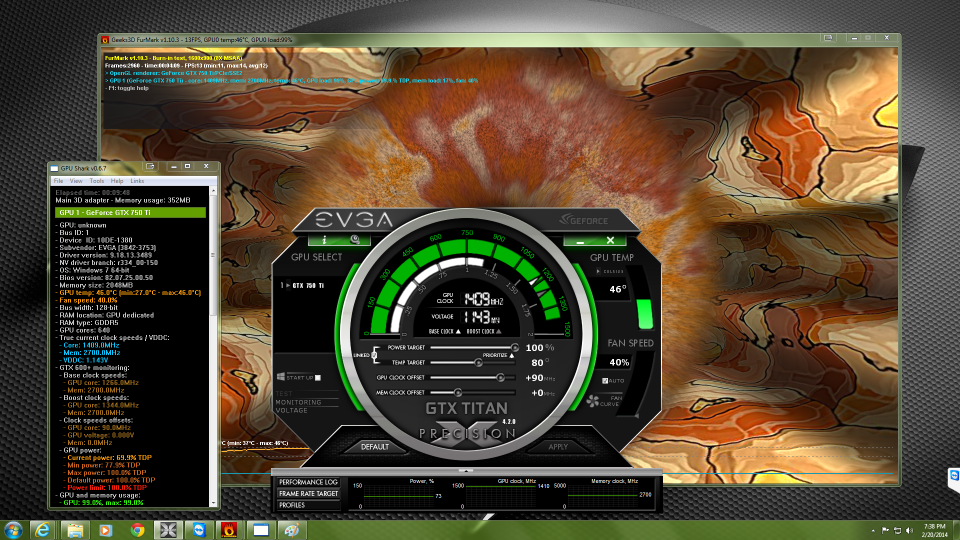The 750 Ti is really no match for the 265x on performance. but once you OC it can match it and still use less power.
From what I've seen pretty much every card can do over 1.21 gigawatts... I mean ghz. and more under boost. Yet it will still work with a 400W PSU and draw less than 90w.
nvidia should have pulled an AMD and set an uber mode for gaming and a "normal" mode for HTPC.
From what I've seen pretty much every card can do over 1.21 gigawatts... I mean ghz. and more under boost. Yet it will still work with a 400W PSU and draw less than 90w.
nvidia should have pulled an AMD and set an uber mode for gaming and a "normal" mode for HTPC.
![[H]ard|Forum](/styles/hardforum/xenforo/logo_dark.png)
